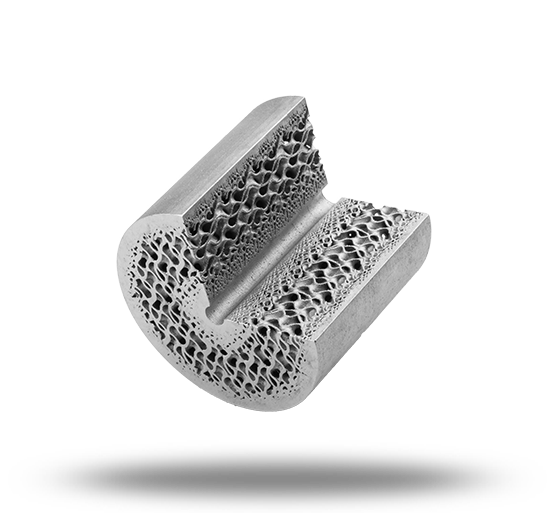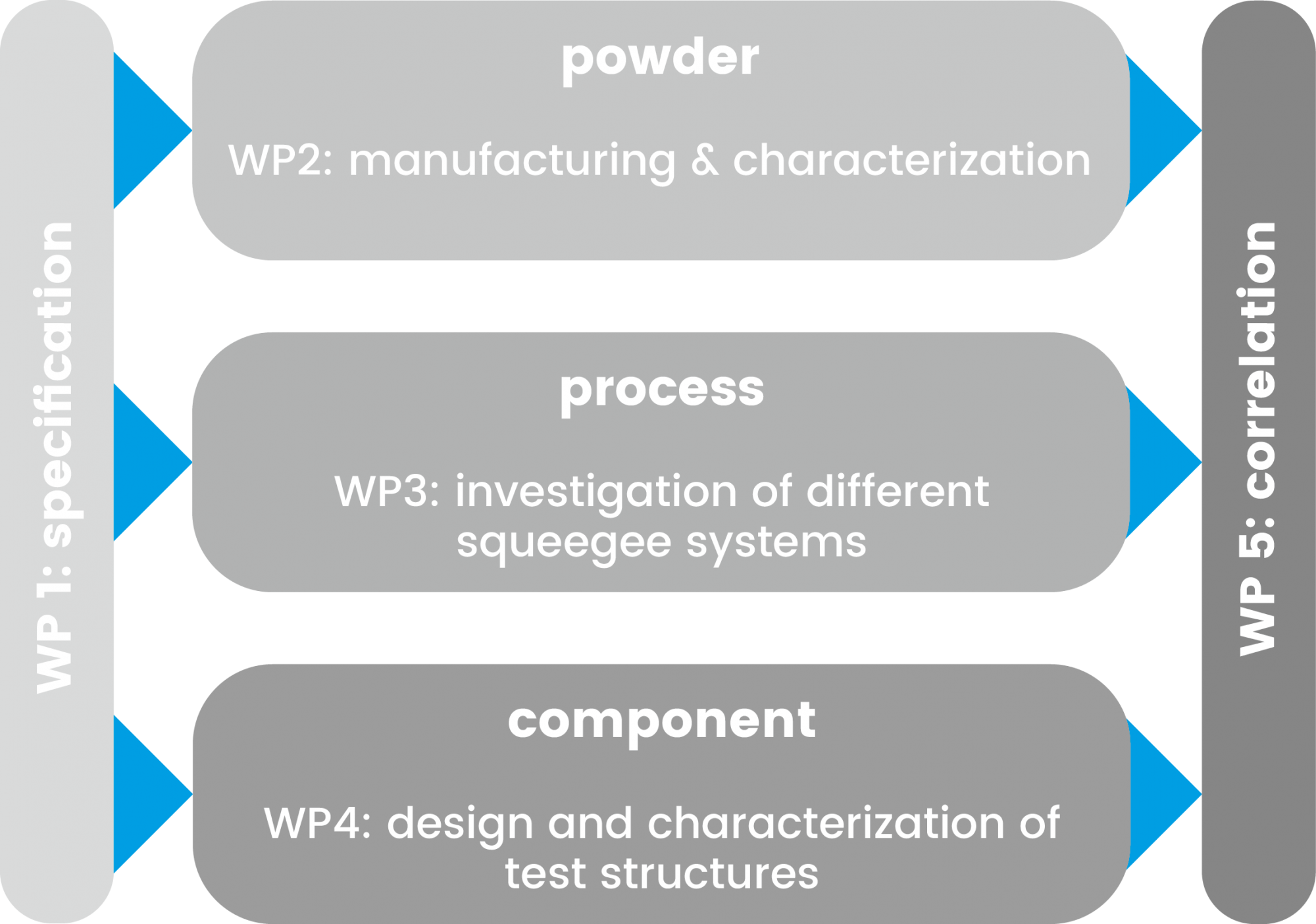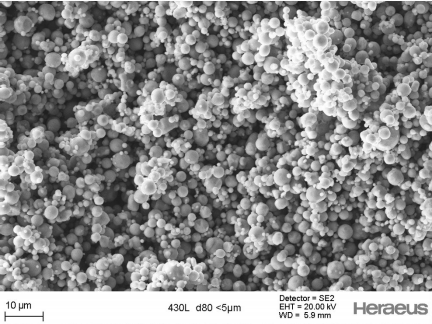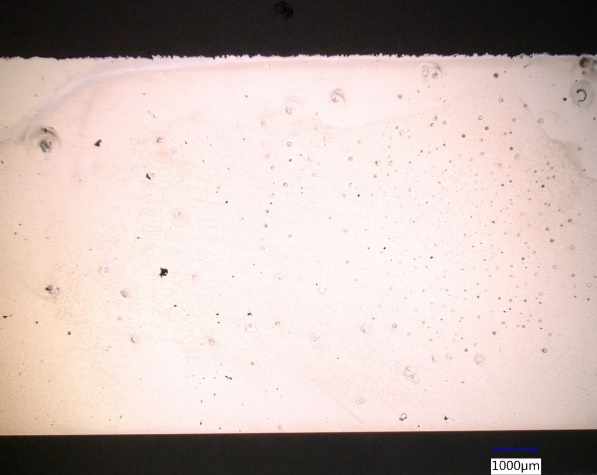Technology Project
VeriPulMikro

Objective:
Verification of the powder influence on component properties in additive processes in the micro range
Partners: 
Duration: 01.09.2019 - 31.08.2021
Main objective
Within the framework of the technology project "Verification of the powder influence on component properties in additive processes in the micro range" (VeriPulMikro), a specification and standardized quality assurance for defect-free processing by laser microsintering is to be developed for micropowders with a diameter of < 10 µm and < 5 µm. Currently there are no published standards and therefore no standards regarding the requirements for micropowder properties for additive processing. The quality assurance and specification of micropowder enables the entry into new markets, for example dental and medical technology as well as micro heat transfer. The innovation consists in proving the influence of powder quality on the resulting component properties and, conversely, in setting specific requirements for micropowders. The use of additive processes for the production of microcomponents allows the integration of functions and properties that were previously not feasible.
Schematic project structure

work packages (WP) 1 and 2:
In the project, the powder manufacturer Heraeus will provide micropowder in accordance with the requirements of the Laser Institute of the University of Mittweida (LHM). The micropowder will be analyzed qualitatively and quantitatively by the Fraunhofer IWS and Heraeus.

Figure 1: REM image of a powder to characterize the powder morphology, e.g. sphericity

Figure 2: Sieve analysis to characterize the particle size distribution. Due to the hazard of the small particle diameter of micropowder, all analyses are carried out under a fume hood and with respiratory protection.
Arbeitspaket 3:
Die Rakelfähigkeit von Mikropulvern wird an einem Teststand von Heraeus und mit Hilfe eines neuen Kreuzrakelsystems von der Hochschule Mittweida untersucht und ausgewertet. Dadurch soll der Schichtauftrag für das Lasermikrosintern optimiert werden.
work packages 4 and 5:
Test structures are then generated. The resulting component quality in terms of density, roughness and mechanical properties are analysed and linked to the results of the powder analysis. Optimized parameter sets for thin gas-tight walls are also to be developed for later application in the field of heat transfer or dental/ medical technology.

Figure 3: Analysis of finished components: This is a cross section through a printed component to determine its density. The black dots are pores, which depend on powder and printing parameters.
Aspired solution approach
Targeted production of micropowders
Until now, micropowder has been obtained as a waste product from atomization processes for powder particles > 10 µm. This results in fluctuations in quality, which have a negative influence on squeegee ability and component quality. The specific production of micropowder within the scope of the project is intended to avoid these quality fluctuations. Different processes will be evaluated and attempts will be made to comply with LHM's specifications with individual processes or to achieve them. Besides a specified powder quality, the aim is also an economical production.
Creation of quality assurance routines for micro powders
The project aims to establish a standardized quality assurance routine, including investigation methods for the morphology, rheology and chemical properties of micropowders. This will allow a fast and economic powder characterization for both the powder manufacturer and the user. At present, there is no standardization available for this. The findings from the project are to be carried in standardisation committees. Heraeus is already represented in several standardization committees.
Overview of the most important powder characterization methods
| Powder characteristics |
Characterization methods |
| Morphology |
• Scanning Electron Microscopy (SEM) |
Particle size distribution (PSD) |
|
Chemical features |
Surface analysis methods:
|
Extension system technology
With the powder bed based additive processes, a coating is applied before each exposure. Only an even coating allows an optimal exposure by laser or other energy sources. With micro-powders, charges/adhesions take place which require a separate application mechanism. The LHM has already carried out extensive investigations on the squeegee ability of micro-powders and has designed a squeegee system which should guarantee an even coating. Within the scope of the project, this doctoring system is to be integrated into the existing plant, since the powder influence on the component properties is to be investigated in particular. Thus, a minimization of the influences of the squeegee process is necessary.
Specification of micropowder for additive manufacturing
By means of a statistical evaluation of powder and component properties, quantitative relationships are to be developed in order to derive a specification for micropowders.
Potentials
The results of the VeriPulMikro project will for the first time allow predictions to be made about the production possibilities of micropowders and their processability in 3D printers. This will give a significant boost to the technology in the above-mentioned markets and open up new markets due to microcomponents that can now be reproducibly printed. As a materials and technology group, Heraeus can participate directly in this upturn and the new market potential.
By investigating the influence of powder properties on the doctoring process, the LHM has the opportunity to gain further knowledge to improve powder application, which will be incorporated into the further development of doctoring systems. This allows feasibility studies to be carried out for the manufacture of micro-components with powders that are difficult to doctor, thus opening up new areas of application.
The IWS will be able to transfer the findings to laser micropowder cladding and develop further specifications.